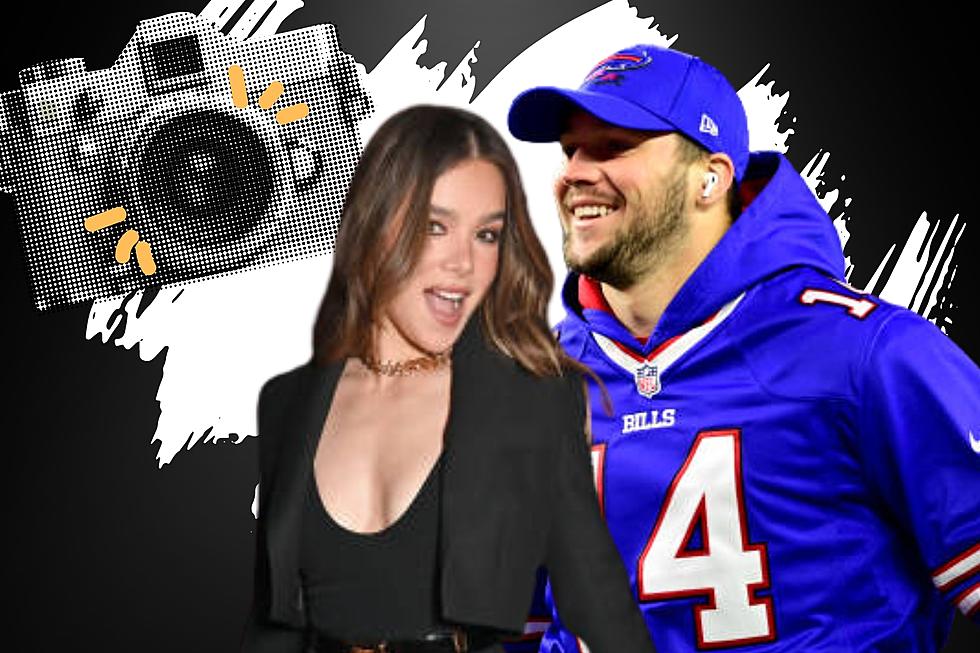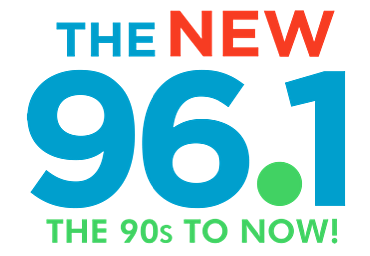
Know the Glow: Diseases That Could be Hiding in Plain Sight
(Family Features) - When Megan Webber downloaded family photos off her digital camera, she found the usual problems that need touching up - some were too dark, some were a little grainy, and some needed a little red-eye removal. Some of the pictures of her 5-year-old son, Benjamin, had a golden glow in his left eye.
"Benjamin has always had a freckle in his left eye," said Megan, "so I thought the flash was just a difference due to the coloring of his eye and ignored it - I even did red-eye correction to remove it from photos." But when her sister noticed that same glow in some family vacation pictures she had taken, she gave Megan a concerned call.
"She said it was probably nothing. But she had seen on a television show that this could be a sign of a tumor in the eye and recommended I have him seen," said Megan.

Benjamin's pediatrician didn't find anything, but he sent them to a specialist who urged them to come in right away. They were stunned to learn he was legally blind in his left eye.
"He'd never bumped into walls or rubbed his eyes - he'd even just passed the paddle eye test in the doctor's office," said Megan. "His left eye could not see a letter E the size of a full computer screen eight feet away."
Benjamin with his father Brian Webber in The Vision Center at Children's Hospital Los Angeles
Scans of his eye showed a white mass, which had been causing the reflection in the photograph. After testing and a tense few days, they discovered that Benjamin had Coats' Disease, a life-long disease that can damage the eye to the point where eye removal is necessary.
Fortunately, Benjamin's problem was caught early enough for treatment.
"While Benjamin has had three eye surgeries, we were very lucky to have caught his disease in time," said Megan. "Had it been more advanced Ben could have immediately lost his eye. We are so grateful to Dr. Tom Lee and the doctors at The Vision Center at  Children's Hospital Los Angeles. Without the work that they do so many families would not have access to the quality and caliber of care that is provided there."
Children's Hospital Los Angeles. Without the work that they do so many families would not have access to the quality and caliber of care that is provided there."
Benjamin wears a patch one hour a day to help strengthen his eye.
Benjamin is doing well, and is a happy, thriving first-grader. "He wears protective Nike shatterproof glasses which the other kids think are pretty cool," said Megan. "The glasses are primarily to keep his unaffected eye safe, for without that eye he would be blind."
A vision to help other children
Megan said that she doesn't want any more parents to miss the signs of potentially life-threatening eye diseases.
"We are amazed that something so simple, just the glow in a photo, was all that was needed to spot this disease," she said. "If there is a way through our family's experience we are able to get the message out about the glow, we are anxious to do so. We've created a campaign to raise awareness." The Know the Glow campaign is combining the efforts of concerned individuals, corporations and physicians who are pioneers in the field of pediatric diseases of the eye.
"I can't tell you how many kids come in with advanced eye diseases; it's a tragedy," said Dr. Tom Lee, director of the Retina Institute in The Vision Center at Children's Hospital Los Angeles. "Parents don't realize they are an important part of the diagnosis. They will see this sign before doctors will. Every child has had this screening process - all it takes is for parents to open up the photo album."
The website, www.KnowTheGlow.org, has information on the diseases that can be indicated by the glow. "Had I known about the glow earlier, Dr. Lee could have saved more of Ben's vision," said Megan. "Knowing what it felt like to possibly face a fatal outcome and knowing that I ignored such a huge red flag that was right there in front of me, I don't want another parent to have to suffer through that or another child to needlessly lose their sight or their eyes due to a lack of awareness of the glow!"
Know the Facts
- 1 in 80 children are at risk of getting The Glow.
- 80 percent of childhood blindness is preventable.
- 80 percent of Retinoblastoma and Coats' Disease cases are diagnosed initially by a parent through a photograph.
- The Glow is an indicator of 15 eye diseases and cancers.
- In some cases, The Glow can lead to the removal of the eye, blindness, and, in extreme cases, death.
Disorders Related to the Glow
Abnormalities perceived through the red reflex test can indicate several types of diseases, such as:
- Amblyopia
- Cataract
- Choroidal
- Coats' Disease
- Congenital Cataract
- Coloboma
- Norrie's Disease
- PHPV
- Refractive Error
- Retinal Detachment
- Retinal Dysplasia
- Retinopathy of Prematurity (ROP)
- Retinoblastoma
- Strabismus
- Toxocariasis
- Trauma
If you believe you have seen a glow, you should obtain a referral immediately to a pediatric ophthalmologist for diagnosis and treatment.
Retinoblastoma
Retinoblastoma (reh-tin-oh-blast-oma) is a malignant cancer of early childhood that arises from immature retinal cells in one or both eyes. Retinoblastoma can start growing at any time before birth up until about 3 years of age. Occasionally, it is not detected until ages 7 or 8.
Coats' Disease
Coats' disease is a rare eye disorder involving abnormal development of the blood vessels of the retina, which line the interior chamber of the eye. As various components of blood leak into the retina, fluid accumulates under the retina. The result may be loss of vision, particularly central vision, and detachment of the retina from other layers of the eye.
Text GLOW to 90999 to donate $10.
To watch a video with more of Benjamin's story visit http://bit.ly/EyeGlow.
SOURCE:
Know the Glow
More From The New 96.1 WTSS

![Weird Looking Car Spotted Driving Around New York [PHOTO]](http://townsquare.media/site/16/files/2024/02/attachment-RS20788_GettyImages-1034373472.jpeg?w=980&q=75)








